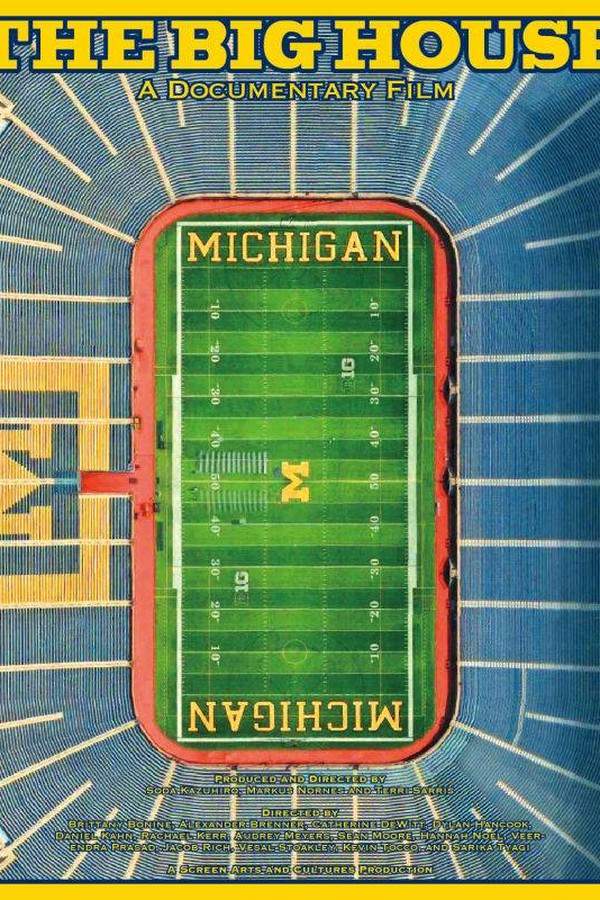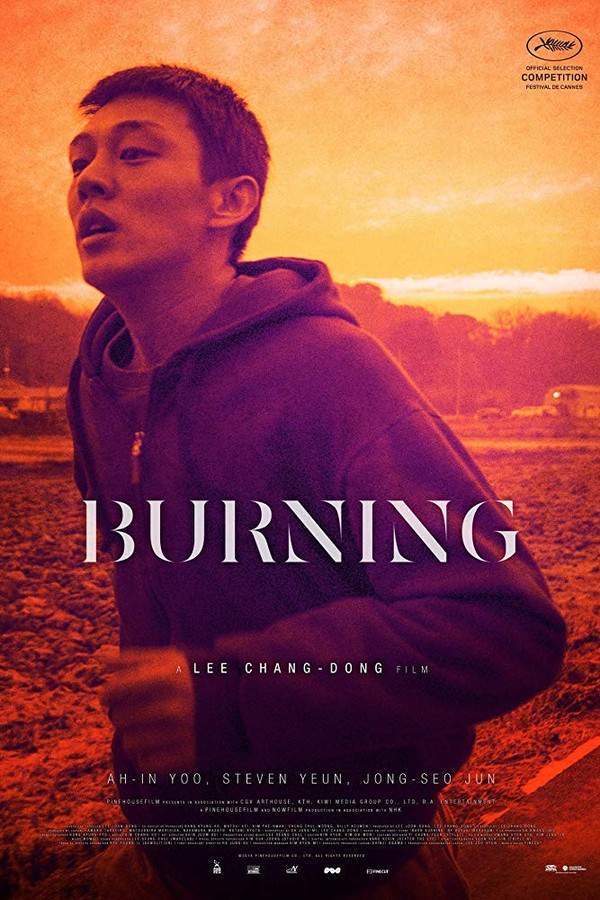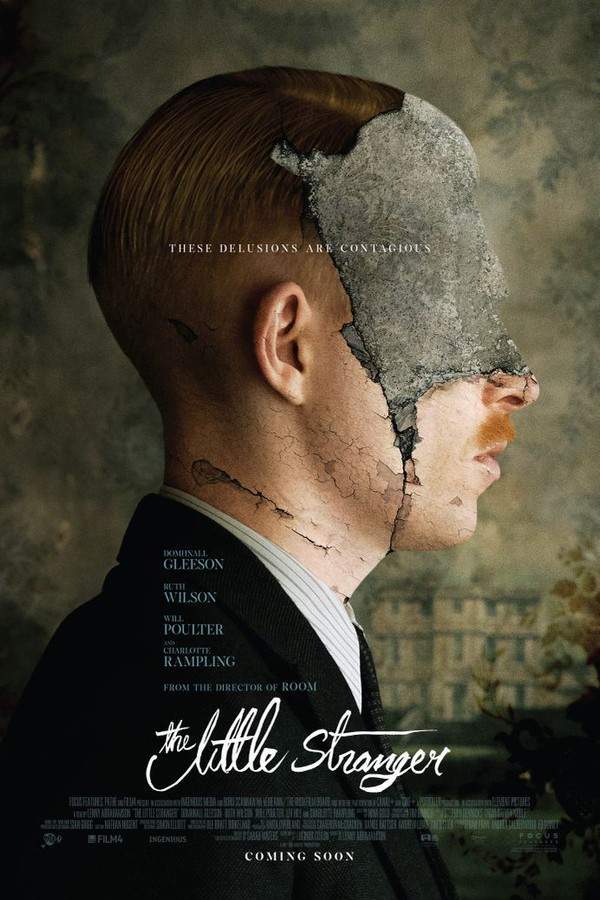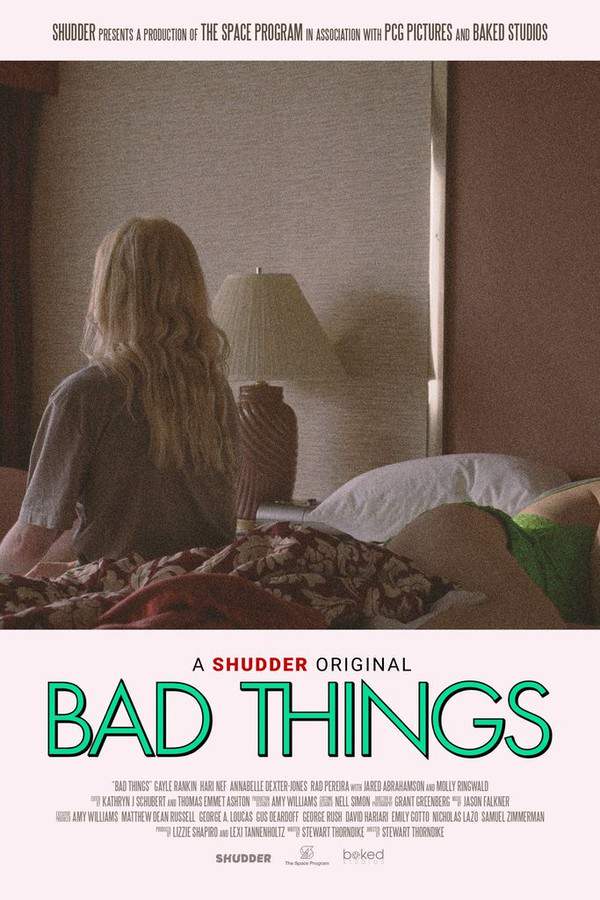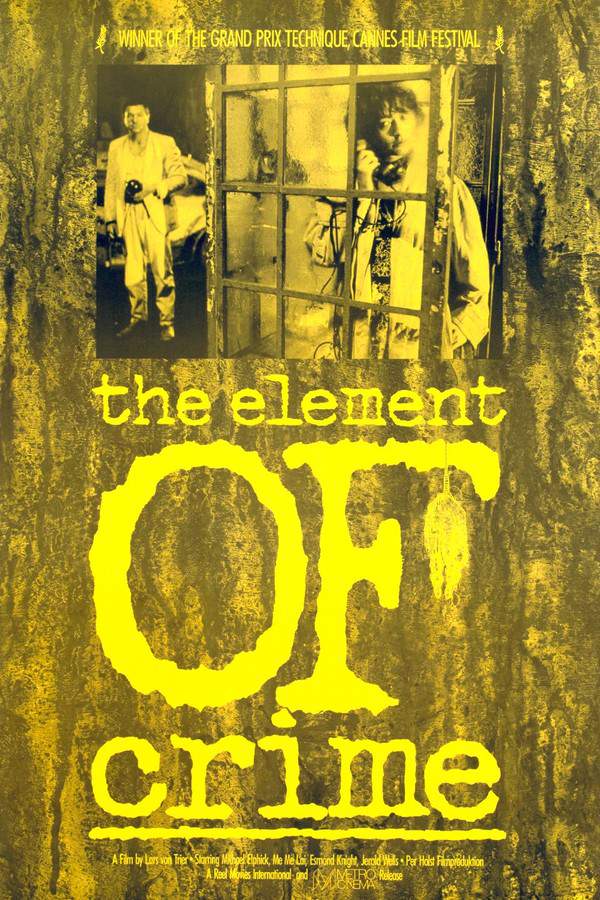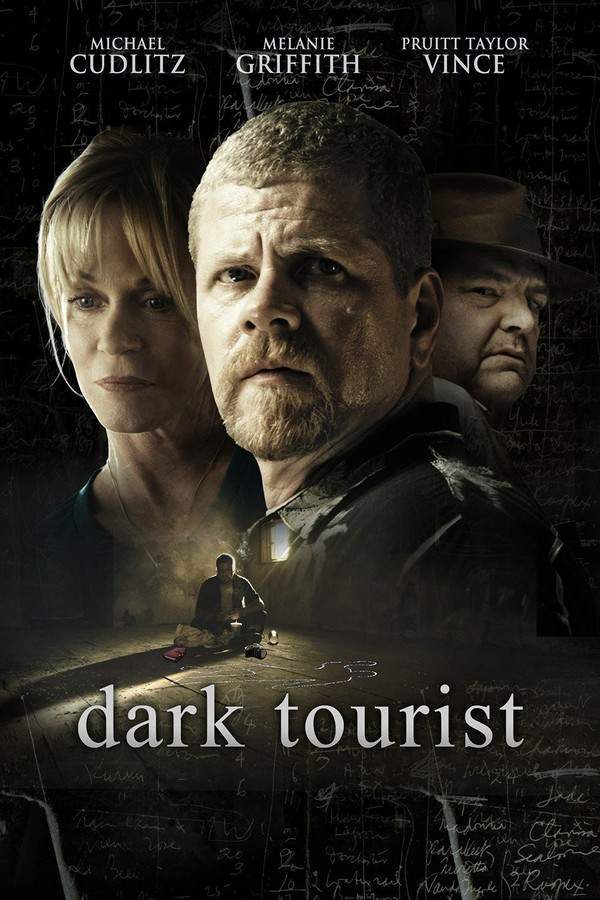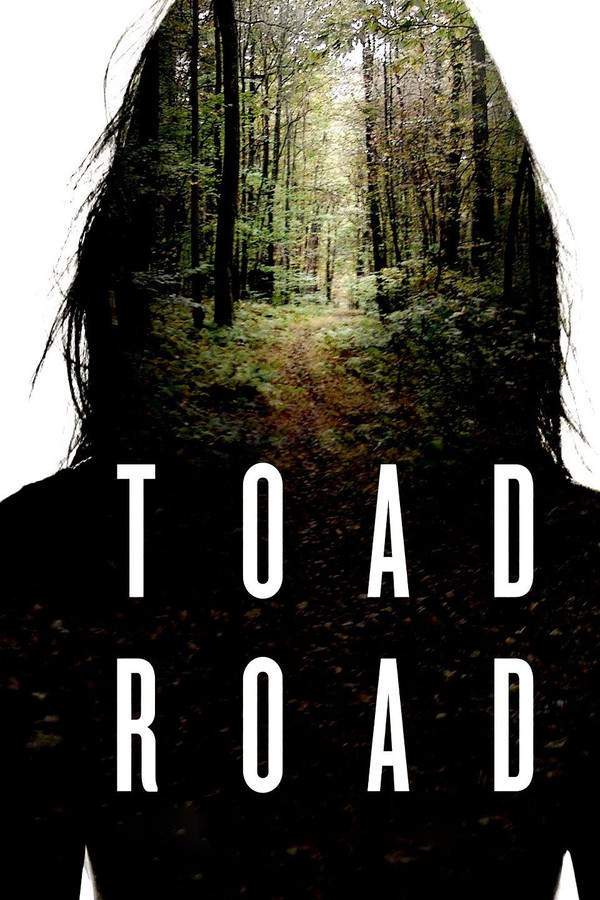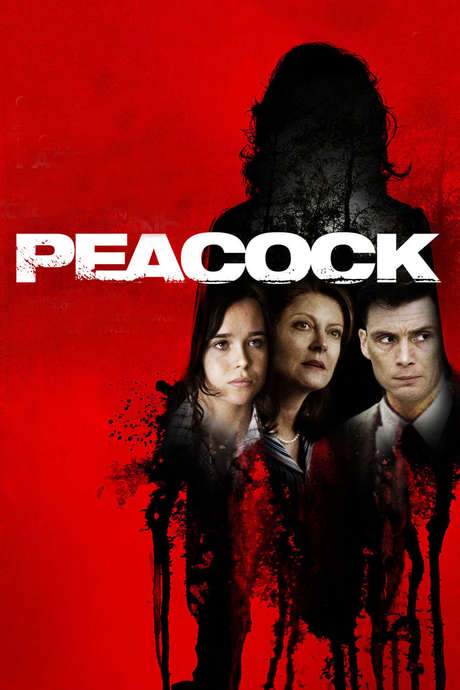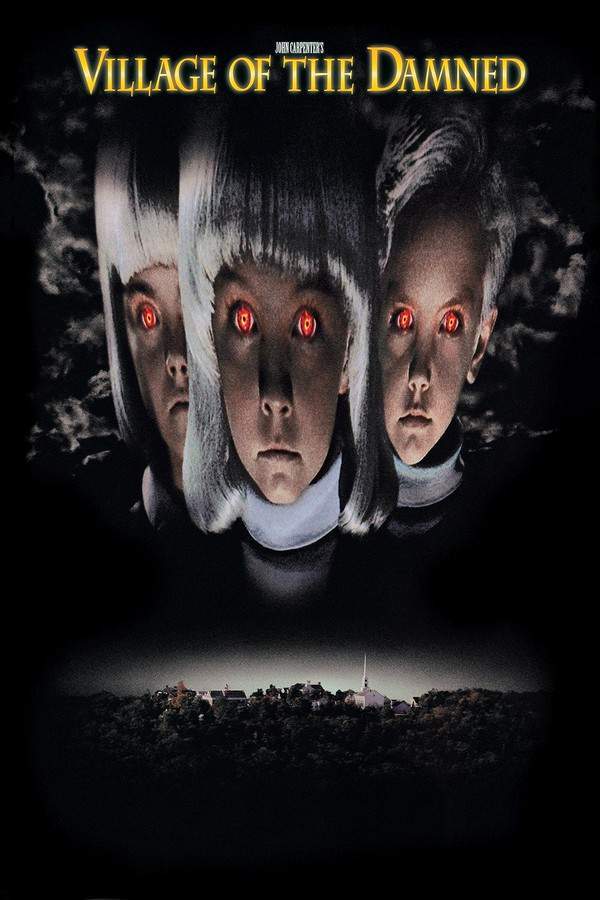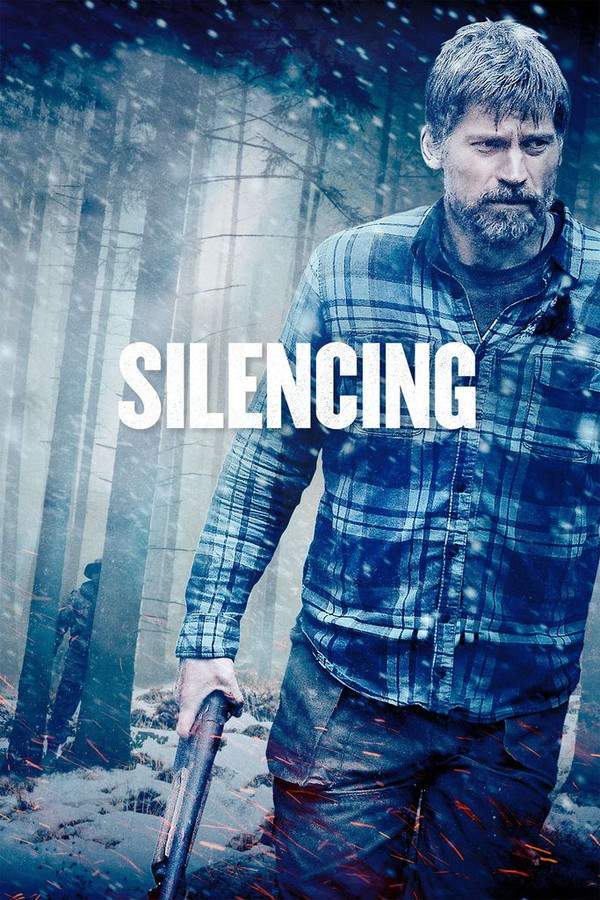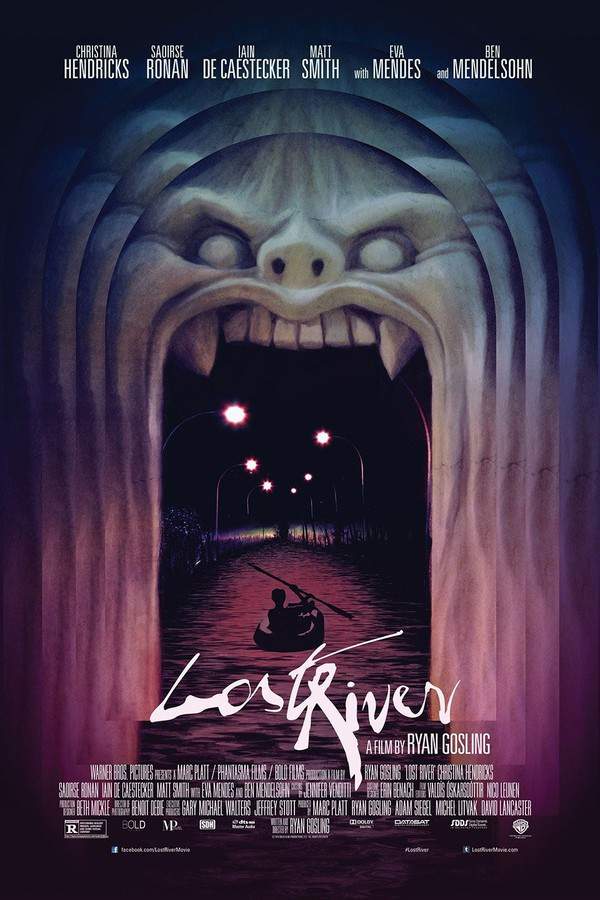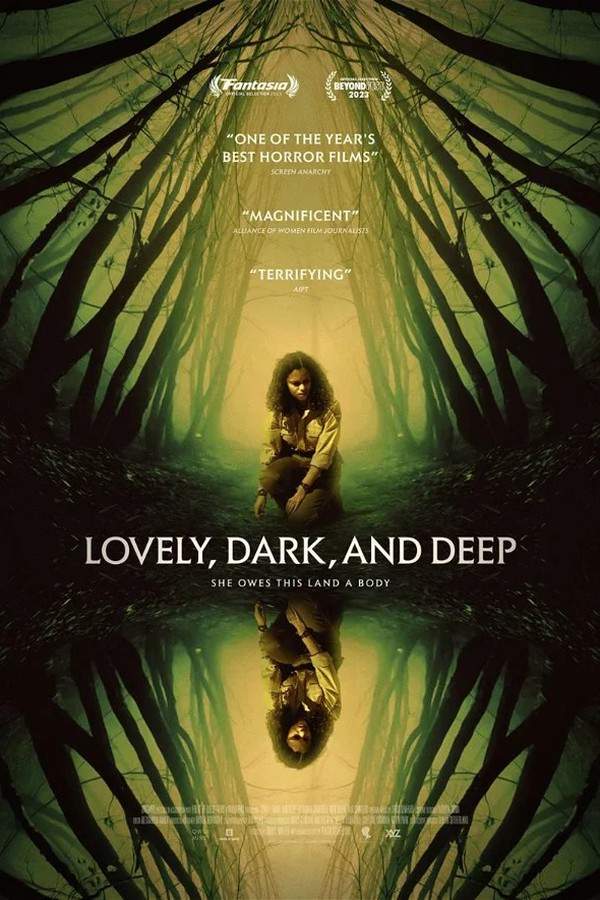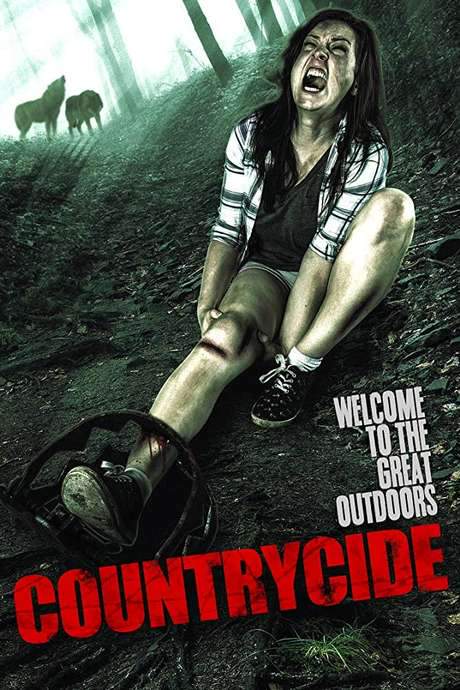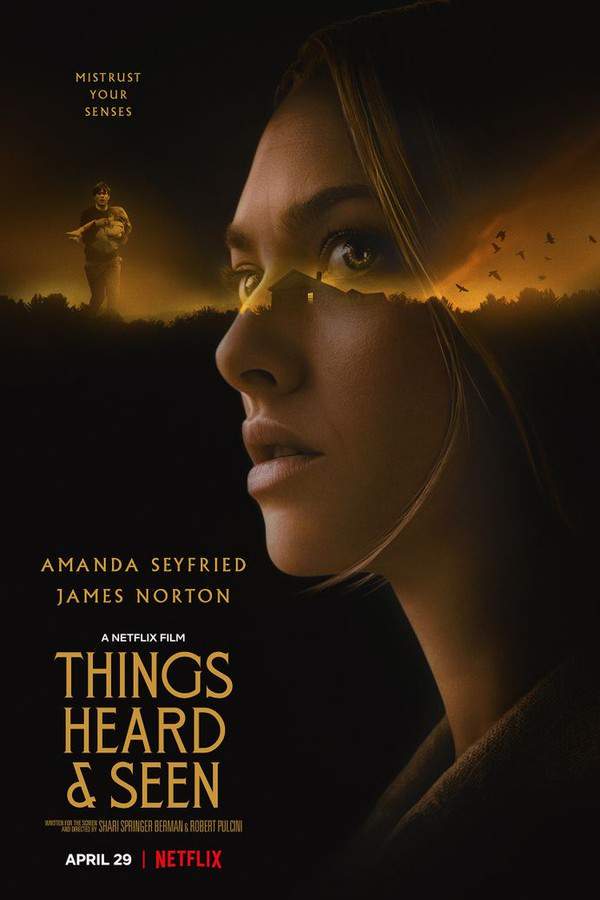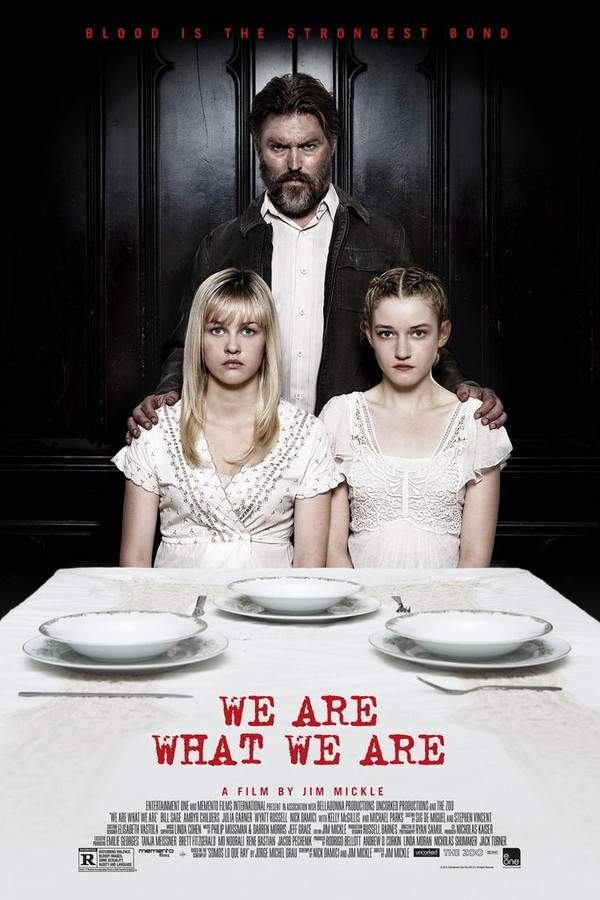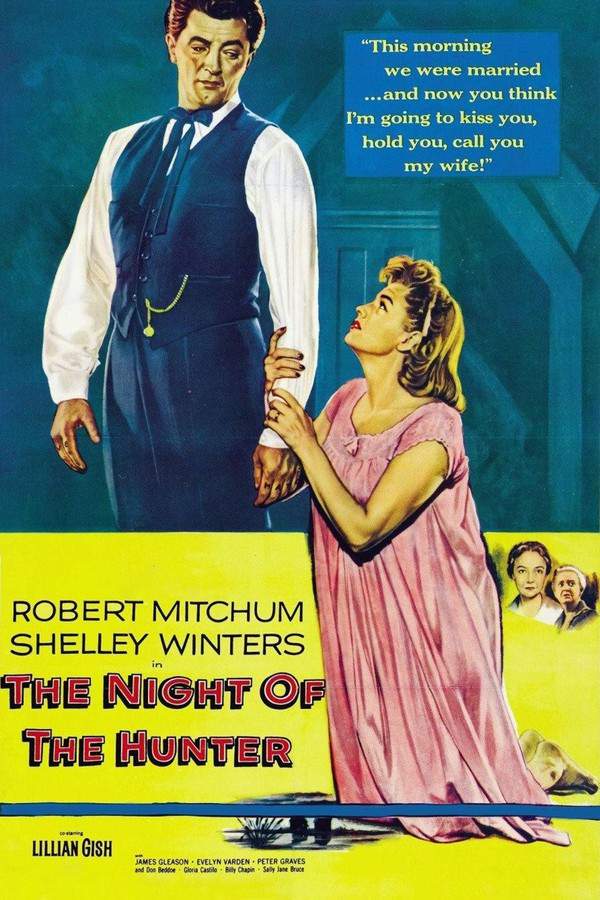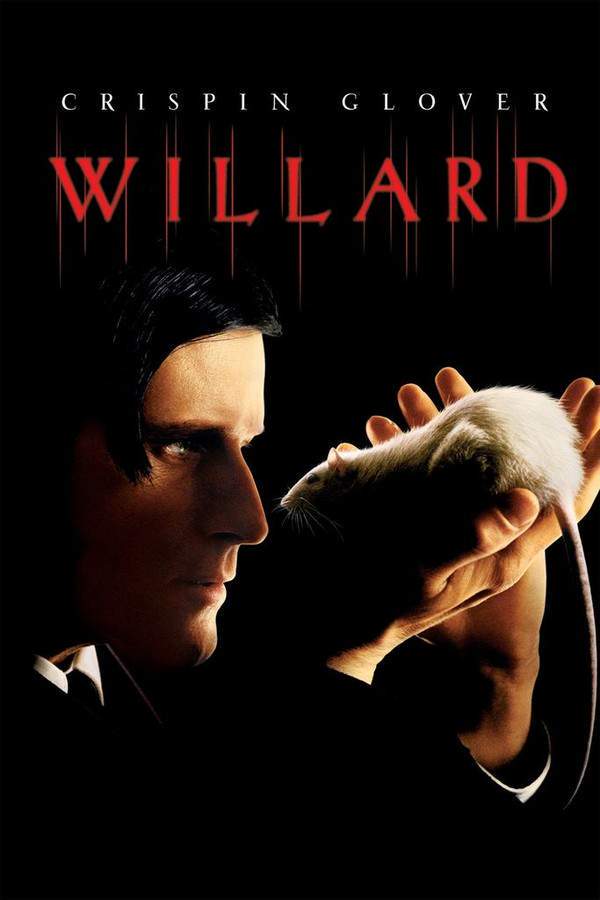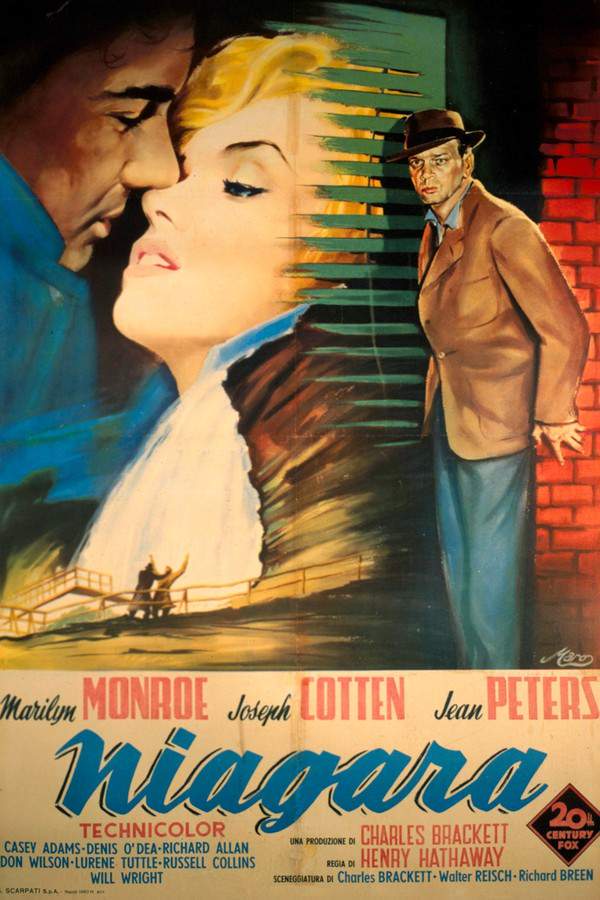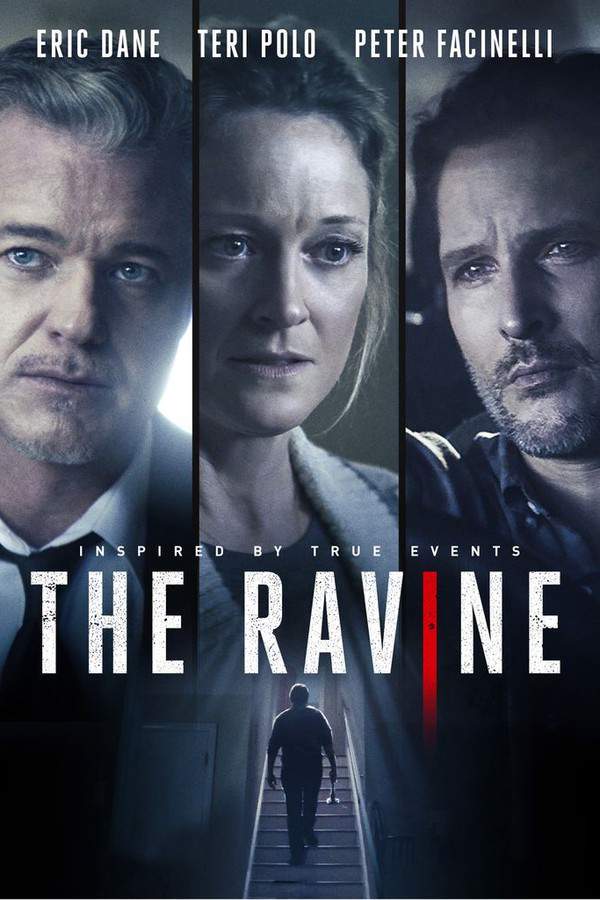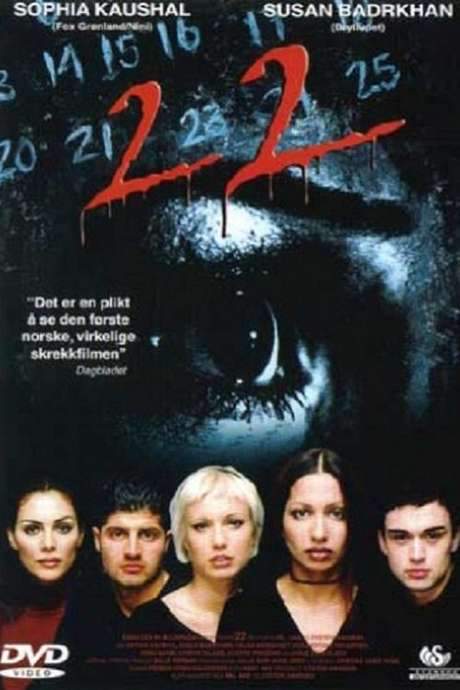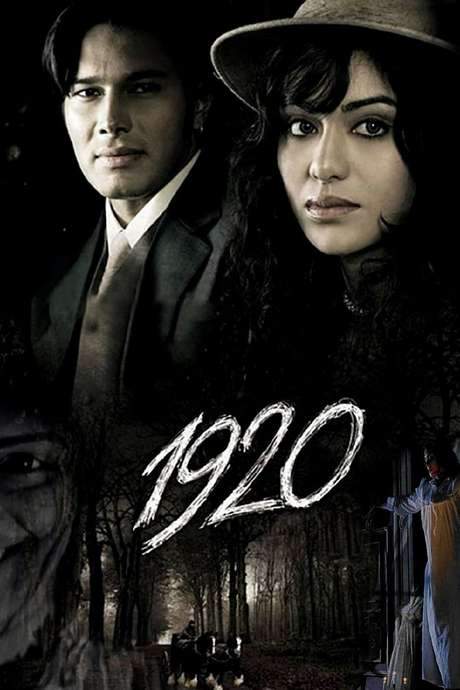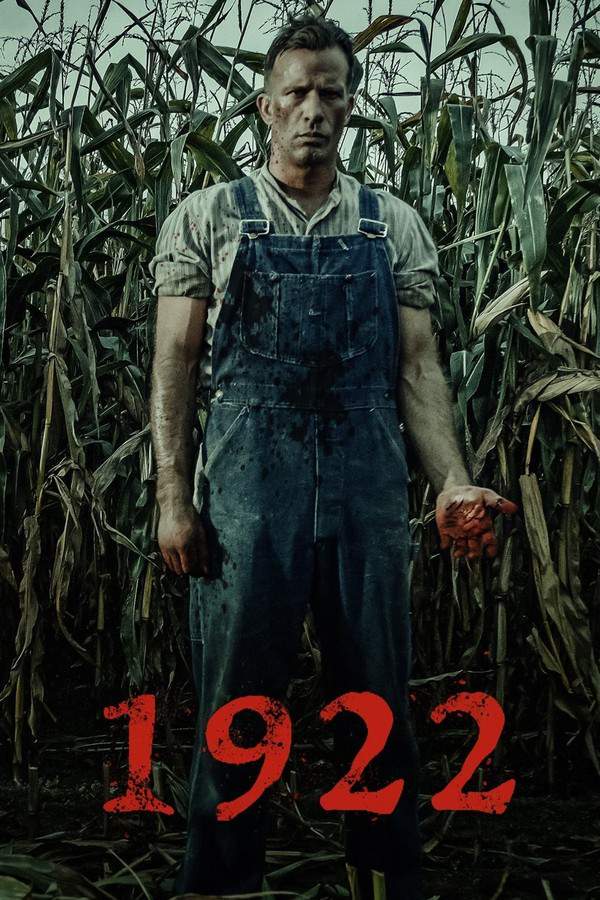
1922
In 1922 Nebraska, Wilfred James recounts the disturbing events leading to the murder of his wife, Arlette. Following the act, a palpable sense of dread descends upon the family and their surroundings. Wilfred and his son are then haunted by what they believe to be the vengeful spirit of Arlette, though it’s increasingly unclear whether the threat is supernatural or a manifestation of their own guilt and paranoia. The unsettling atmosphere and blurring lines between reality and delusion create a chilling exploration of domestic horror.
Warning: spoilers below!
Haven’t seen 1922 yet? This summary contains major spoilers. Bookmark the page, watch the movie, and come back for the full breakdown. If you're ready, scroll on and relive the story!
1922 (2017) – Full Plot Summary & Ending Explained
Read the complete plot breakdown of 1922 (2017), including all key story events, major twists, and the ending explained in detail. Discover what really happened—and what it all means.
In 1922, Wilfred “Wilf” James (Thomas Jane) is a farmer residing in Hemingford Home, Nebraska, alongside his wife, Arlette (Molly Parker), and their teenage son, Henry (Dylan Schmid). The couple is embroiled in a heated disagreement over Arlette’s inherited land; while Arlette is keen to sell and relocate to Omaha, Wilf, valuing his pride above all, vehemently opposes this plan. Driven by desperation to maintain both his land and his bond with Henry, Wilf concocts a sinister plot to murder Arlette, manipulating his son by threatening the relationship with Henry’s girlfriend, Shannon (Kaitlyn Bernard).
Feigning support for the sale, Wilf lures Arlette into a false sense of security, leading to a night of celebration where she drinks excessively. After tucking her into bed, the horrific act unfolds as Henry, under his father’s influence, assists in covering her face while Wilf brutally slits her throat with a butcher’s knife. The plan to bury her in the cornfield turns disastrous when Henry succumbs to panic, resulting in Wilf disposing of Arlette’s remains in a dry well, destined to be feasted upon by rats. To cover their tracks, they drop a cow into the well, presenting it as the cause for its backfilling. However, suspicion looms as Sheriff Jones (Brian d’Arcy James) probes further into Arlette’s abrupt vanishing, leading to a tense but ultimately unfruitful investigation.
As time progresses, guilt gnaws at Henry, turning him into a pensive shadow of his former self. Shannon discovers she is pregnant, prompting her parents to send her away to a Catholic institution in Omaha. Driven by a sense of urgency and love, Henry steals Wilf’s car and escapes with Shannon to forge a life together.
However, winter brings a new torment for Wilf, who slowly descends into madness, unable to escape the rats that metaphorically represent his guilt and haunting memories of Arlette. His home falls apart, reflecting his mental state, as he drowns his sorrows in alcohol. His neglect results in collapse—both of the structures around him and within his psyche. An unfortunate rat bite leads to an infection requiring amputation, marking a physical manifestation of his deteriorating existence.
In a climactic confrontation, Wilf is haunted by the ghostly figure of Arlette, surrounded by the ravenous rats. Through her chilling presence, he learns of the fate that befell Henry and Shannon; as they embark on a life of crime, their story echoes the infamous duo, Bonnie and Clyde. Tragedy strikes during a robbery, ending Shannon’s life in a violent confrontation. Following her death, consumed by grief and despair, Henry takes his own life, leaving his body in a wretched state, much like his mother after being ravaged by rats.
Wilf’s attempts to salvage his legacy lead to rejection from Shannon’s father, Harlan Cotterie (Neal McDonough), who drives him away, further isolating him. Eight years later, in 1930, Wilf pens a confession that chillingly states, > “In the end, we all get caught.” Surrounded by the remnants of his past—Arlette, Henry, and Shannon—he faces his ultimate reckoning, wielding the very knife that severed his family ties, as the swarms of rats close in, an unending reminder of his transgressions.
Last Updated: October 27, 2024 at 21:36
Ending Explained – What Happens at the End of 1922?
Still wondering what the ending of 1922 (2017) really means? Here’s a spoiler-heavy breakdown of the final scene, major twists, and the deeper themes that shape the film’s conclusion.
At the end of 1922, Wilfred’s life has become a nightmare of guilt and supernatural torment. Haunted by visions of his wife Arlette and later his son Hank, accompanied by overwhelming swarms of rats, Wilfred is trapped in a never-ending cycle of regret and madness. These rats symbolize his growing conscience—corrupted, dirty, and unstoppable—mirroring the decay for which he is responsible. They serve as a tangible manifestation of his guilt, tormenting him physically and psychologically, and their increasing numbers reflect how his conscience has swollen beyond control.
As Wilfred continues to descend into paranoia and despair, he writes his story as a form of confession, but ultimately, his fate is left unresolved. The film raises the question of whether he kills himself or if the spirits of his victims claim him after death. His death could be self-inflicted, taking responsibility for his actions and accepting darkness, or it could be caused by the vengeful spirits—symbolic of judgment—that take him away due to his sins. The ambiguity emphasizes themes of guilt, belief, and the consequences of selfish choices. However, the core tragedy remains that his initial decision to murder Arlette set him on a path where everything he loved was lost, and his life was doomed from that moment onward. The rats, as relentless symbols of his guilt and the inevitable decay of his soul, underline that Wilfred’s downfall was ultimately unavoidable, driven by the selfishness and short-sightedness that led to every devastating consequence. The haunting creatures are less about ghosts and more about the inescapable burden of remorse—reminding us that guilt, once triggered, can consume a person completely, long after the physical world has faded.
Last Updated: June 25, 2025 at 09:00
Explore Movie Threads
Discover curated groups of movies connected by mood, themes, and story style. Browse collections built around emotion, atmosphere, and narrative focus to easily find films that match what you feel like watching right now.
Slow Burn Psychological Ruin Movies like 1922
Stories where guilt and dread methodically consume a character from within.If you liked the methodical psychological unraveling in 1922, explore more movies like it. This collection features slow burn dramas and thrillers where characters are consumed by guilt and paranoia, leading to a bleak and haunting conclusion. These films share a heavy emotional weight and a dark, oppressive tone.
Narrative Summary
These narratives typically follow a linear, confessional-style structure, chronicling the long-term consequences of a morally reprehensible choice. The central conflict is internal, as the protagonist battles their own guilt, which manifests as external hauntings or a pervasive sense of doom, culminating in complete physical and mental destruction.
Why These Movies?
Movies are grouped here for their shared commitment to a slow, atmospheric pacing that mirrors the protagonist's mental decay. They possess a uniformly dark tone, high emotional intensity, and a focus on the psychological aftermath of violence rather than the act itself, creating a deeply unsettling and immersive experience.
Rural Isolation Horror Thrillers like 1922
Horror and tragedy festering in the stark silence of the countryside.For viewers who enjoyed the rural Nebraska setting of 1922, this list features similar movies where isolation breeds horror. Discover thrillers and dramas set in remote locations where characters face psychological unraveling, moral collapse, and supernatural dread, all amplified by their lonely surroundings.
Narrative Summary
The narrative pattern involves characters, often families, whose conflicts are intensified by their geographic and social separation from the outside world. The vast, empty spaces create a sense of entrapment rather than freedom, leading to domestic violence, madness, and a confrontation with primal fears, whether supernatural or human.
Why These Movies?
These films are united by their use of a rural setting as a primary source of tension. They share a slow, deliberate pace that lets the atmosphere of isolation sink in, a dark or bleak tone, and themes of family secrets, guilt, and the breakdown of morality in a contained environment.
Unlock the Full Story of 1922
Don't stop at just watching — explore 1922 in full detail. From the complete plot summary and scene-by-scene timeline to character breakdowns, thematic analysis, and a deep dive into the ending — every page helps you truly understand what 1922 is all about. Plus, discover what's next after the movie.
1922 Timeline
Track the full timeline of 1922 with every major event arranged chronologically. Perfect for decoding non-linear storytelling, flashbacks, or parallel narratives with a clear scene-by-scene breakdown.

Characters, Settings & Themes in 1922
Discover the characters, locations, and core themes that shape 1922. Get insights into symbolic elements, setting significance, and deeper narrative meaning — ideal for thematic analysis and movie breakdowns.
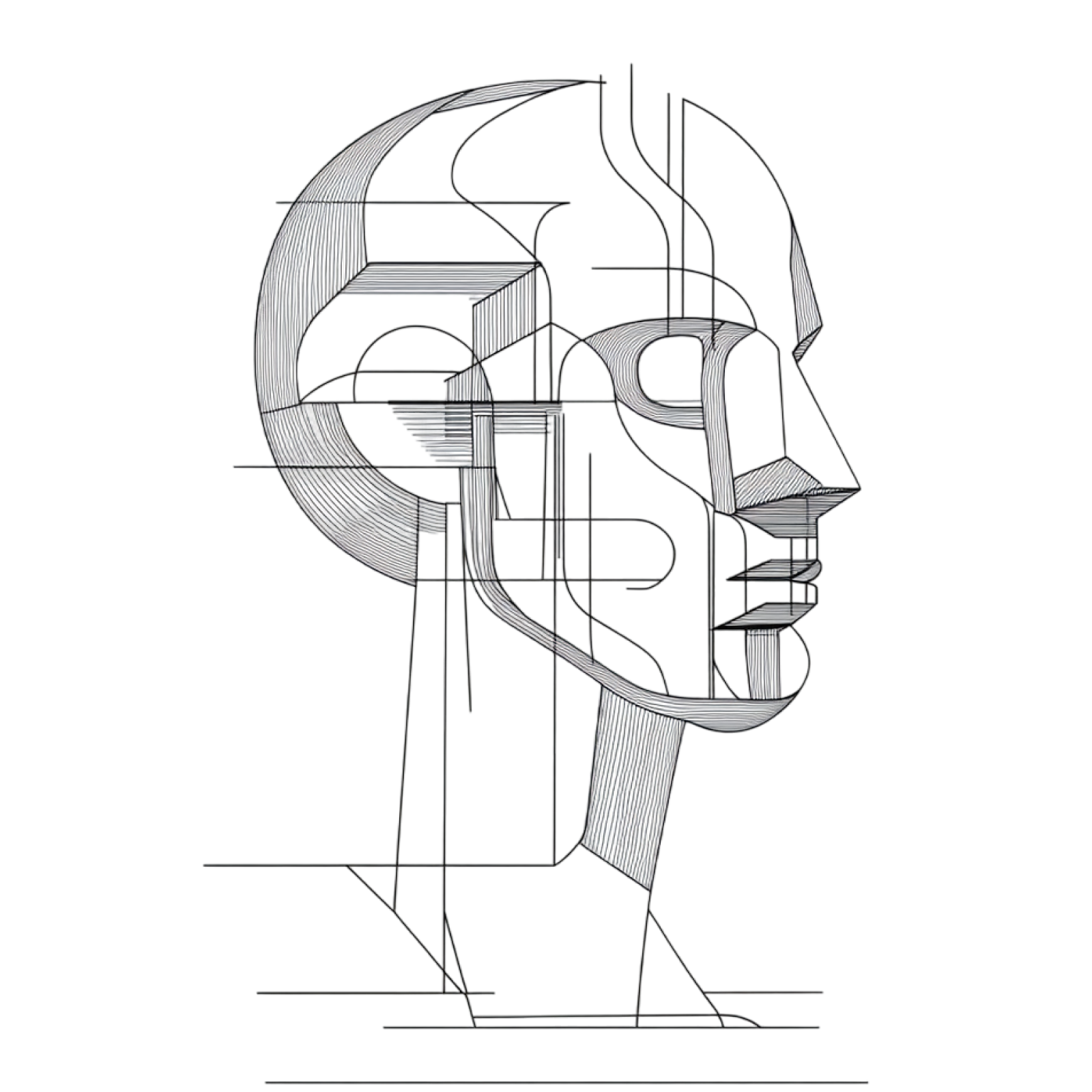
1922 Ending Explained
What really happened at the end of 1922? This detailed ending explained page breaks down final scenes, hidden clues, and alternate interpretations with expert analysis and viewer theories.

1922 Spoiler-Free Summary
Get a quick, spoiler-free overview of 1922 that covers the main plot points and key details without revealing any major twists or spoilers. Perfect for those who want to know what to expect before diving in.

More About 1922
Visit What's After the Movie to explore more about 1922: box office results, cast and crew info, production details, post-credit scenes, and external links — all in one place for movie fans and researchers.

Similar Movies to 1922
Discover movies like 1922 that share similar genres, themes, and storytelling elements. Whether you’re drawn to the atmosphere, character arcs, or plot structure, these curated recommendations will help you explore more films you’ll love.
Explore More About Movie 1922
1922 (2017) Scene-by-Scene Movie Timeline
1922 (2017) Movie Characters, Themes & Settings
1922 (2017) Ending Explained & Theories
1922 (2017) Spoiler-Free Summary & Key Flow
Movies Like 1922 – Similar Titles You’ll Enjoy
Things Heard & Seen (2021) Spoiler-Packed Plot Recap
We Are What We Are (2011) Spoiler-Packed Plot Recap
The Night of the Hunter (1955) Detailed Story Recap
Willard (2003) Movie Recap & Themes
The Other (1972) Plot Summary & Ending Explained
Niagara (1953) Complete Plot Breakdown
The Ravine (2022) Plot Summary & Ending Explained
22 (2000) Full Summary & Key Details
1920: Horrors of the Heart (2023) Spoiler-Packed Plot Recap
Fear in the Night (1947) Detailed Story Recap
Night of Dark Shadows (1971) Plot Summary & Ending Explained
1920 (2008) Complete Plot Breakdown
The Red House (1947) Complete Plot Breakdown
Two on a Guillotine (1965) Full Summary & Key Details
10 Rillington Place (1971) Story Summary & Characters


